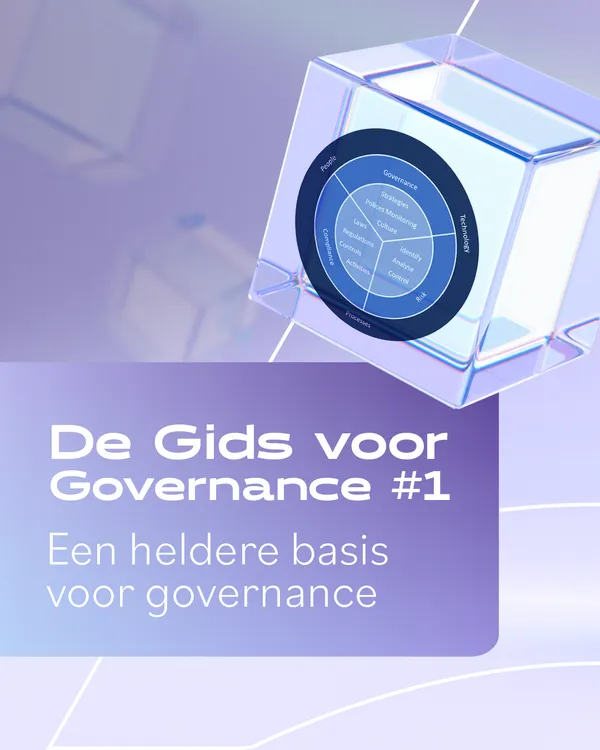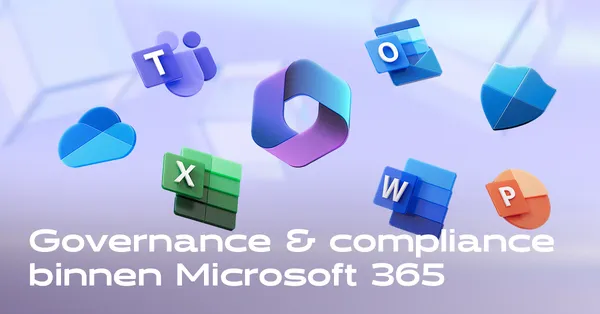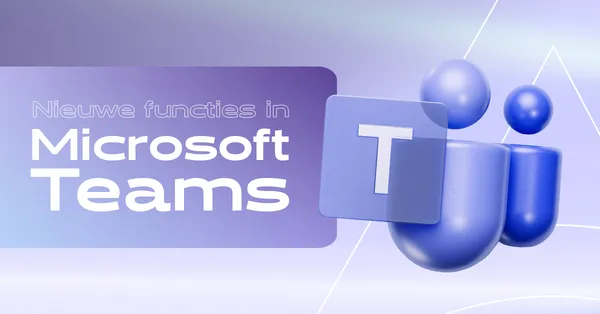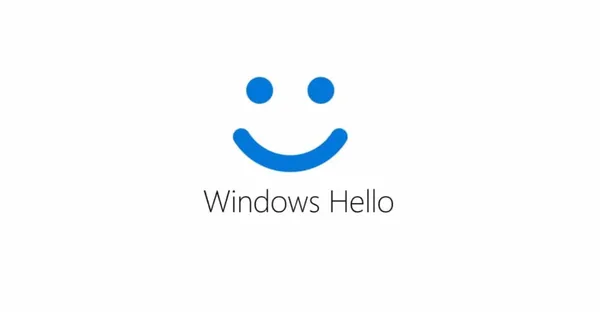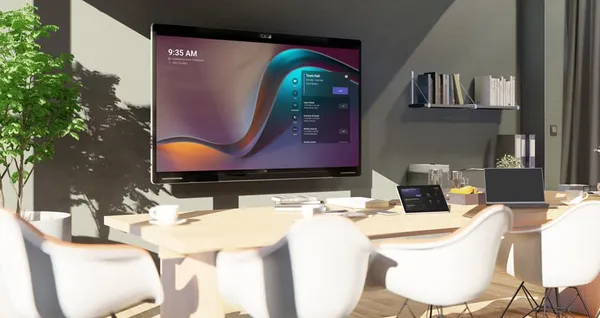
Knowledge base
June 16, 2022
New Microsoft Teams AI feature may kill the need for a headset
All new AI features in Microsoft Teams are now available.
The continued use of AI to improve conversations in Microsoft Teams is delivering improvements in several areas, the company said Monday. Here’s an important one: you may not need your computer headset anymore.
Microsoft began working in this area years ago, adding the ability to filter out background noise from other conversations, barking dogs, and so on. On Monday, the Teams team outlined several other improvements in both voice and video that are being rolled out.
First, Microsoft said it has been able to achieve better performance during Teams calls where users are not using a headset. Microphones and speakers are often placed close together on a laptop and they can easily create a feedback loop because incoming audio from a speaker was received from a microphone and then rebroadcast, which is why headsets are used today.
Microsoft said it has been able to eliminate that feedback through echo cancellation, eliminating the need for a headset. It also uses what it knows about the room you are in to improve the audio quality as well. This subtle degalm should help make background echoes a thing of the past, Microsoft said.
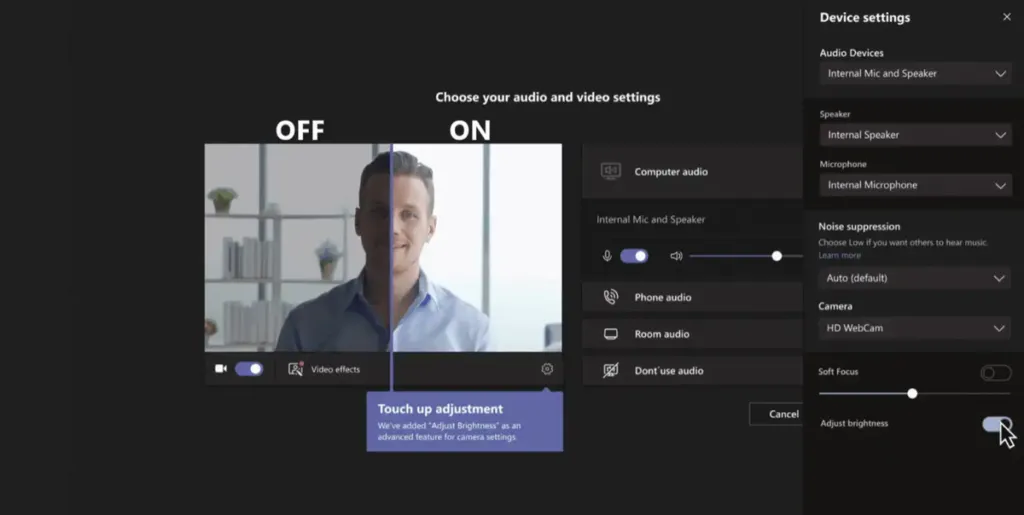
Microsoft said it has also used AI to improve two-way conversations, allowing a user to pause to ask a question. Teams now uses AI to better pick up a user’s voice, allowing a user to talk back to a participant.
To be fair, microsoft has not explicitly claimed that the computer headset is dead. But by trumpeting many of the new audio enhancements, it certainly undermines the argument that you should spend an extra $40 to $100 or so to make your voice clearer during video calls.
Video has also been improved. Teams now offers a feature to automatically adjust the lighting on your webcam to make you look better in a Teams meeting. Teams will also add a soft focus when it thinks it will make you look better too. Finally, Teams has also implemented a new feature to optimize the content you share so that video streams smoothly and still images offer sharper detail.
Microsoft has also implemented other AI-driven features in the past, such as an AI-driven Eye Contact feature that gives the impression that you are paying attention to the person you are talking to.
Microsoft sometimes tests these features on specific devices; for example, Eye Contact was originally launched as a feature specific to the Surface Pro X. In April, Microsoft released a feature for the Surface Laptop Studio called Voice Clarity, which automatically adjusts the volume of your captured voice when you turn away from the microphone or walk across the room. You can watch a Microsoft video featuring Voice Clarity below.
source: pcworld
Want to know more?

Related
blogs
Tech Updates: Microsoft 365, Azure, Cybersecurity & AI – Weekly in Your Mailbox.

